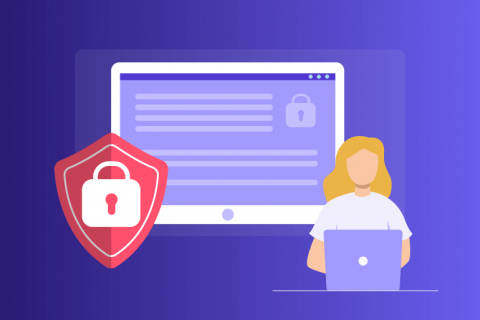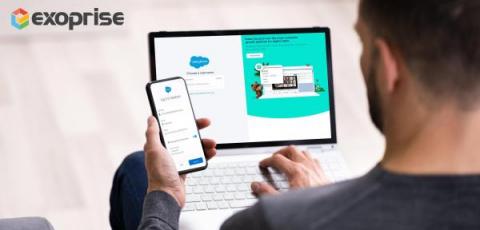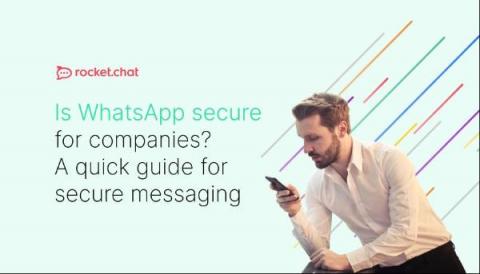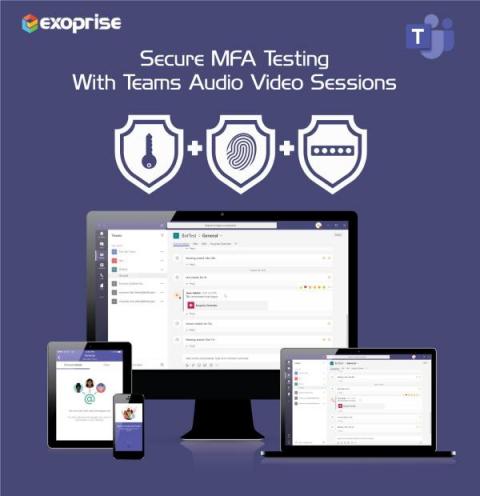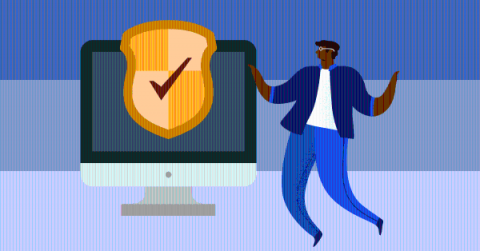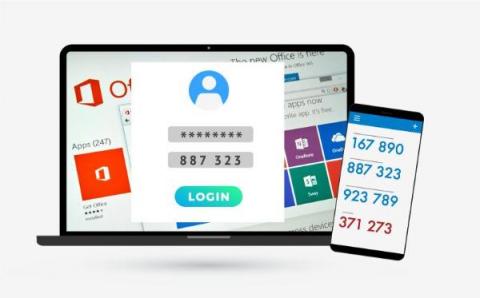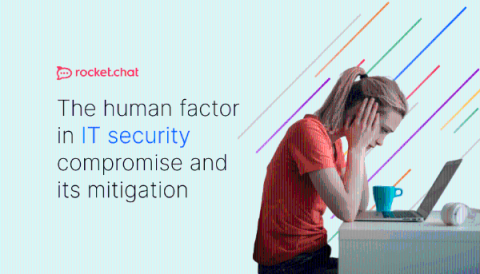How to Secure Communication When Working Remote?
Managing a remote team's communication requires a bit more effort than if everyone were in the same office. You need to be deliberate about creating a communication strategy, ensuring everyone is on the same page with the office chat app, and making sure everyone feels comfortable sharing information. There are a few key things you can do to make sure your remote team's communication is secure.



